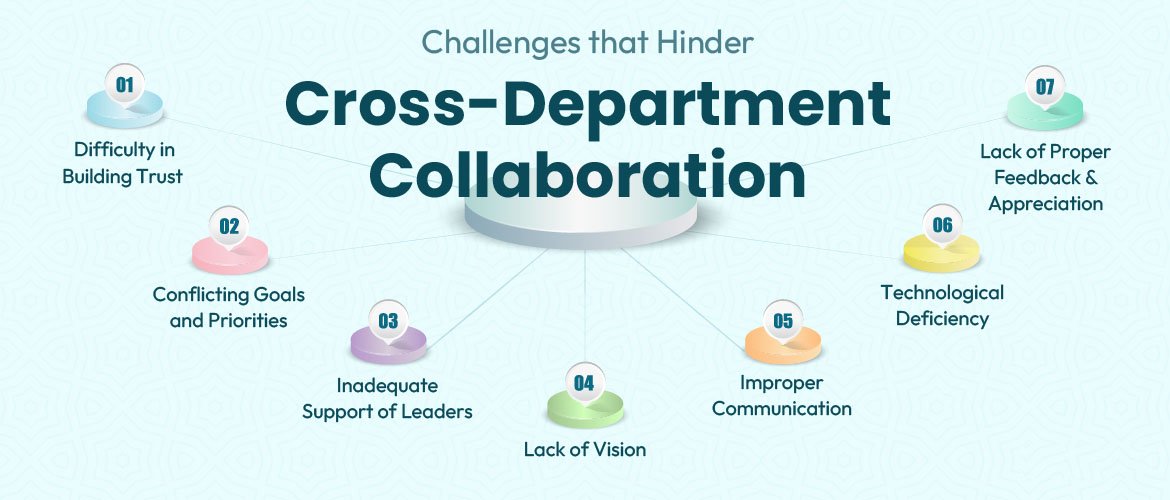The Role of Civil Engineering in Disaster Management.
Introduction:
Disasters, both natural and human-induced, represent significant challenges that society continually faces. The ability to anticipate, respond to, and manage these crises is integral to maintaining the security and sustainability of communities around the world. This is where civil engineering steps in. With its foundations in constructing resilient structures and ensuring the integrity of infrastructure, civil engineering plays a pivotal role in disaster management.
The Pre-Emptive Role of Civil Engineering in Disaster Management
A significant part of disaster management involves the anticipation of potential threats. civil engineers are integral to this process. They design structures to withstand environmental stresses, employing their knowledge in structural mechanics, material science, and geotechnical engineering. They also conduct hazard vulnerability analyses to evaluate the potential impact of disasters on infrastructure.
Civil engineers utilize state-of-the-art technology and software, including Geographic Information Systems (GIS) and Building Information Modeling (BIM), to visualize and predict the outcomes of disasters. Such tools enable them to design resilient and sustainable infrastructure that can withstand high-risk scenarios.
Civil Engineering During and Post Disaster
During a disaster, civil engineers are often at the front line. They participate in immediate response activities, such as conducting rapid structural assessments to ascertain the safety of buildings and infrastructure, thereby ensuring the community's immediate safety.
In the post-disaster phase, civil engineers play a significant role in recovery and reconstruction. They are crucial in assessing the damage, developing rehabilitation plans, and overseeing reconstruction efforts. It is also their responsibility to analyze the event and the damage caused to improve future designs and disaster response strategies.
Civil Engineering and Sustainable Disaster Management
Looking to the future, the role of civil engineering in disaster management is becoming increasingly intertwined with sustainability. Climate change intensifies the risks and impacts associated with many natural disasters, making the construction of resilient, sustainable infrastructure more important than ever. Civil engineers are leading the way in developing innovative, eco-friendly solutions that not only withstand disaster scenarios but also reduce their environmental footprint.
The Future of Civil Engineering in Disaster Management
With advancements in technology and an increasing understanding of disasters, the scope of civil engineering in disaster management is expanding. Innovations in construction materials, techniques, and design principles, coupled with advancements in data analysis and predictive modeling, are equipping civil engineers with the tools they need to design infrastructure that is not only resilient but also adaptive to changing disaster trends.
Conclusion:
Indeed, the role of civil engineering in disaster management is multifaceted and indispensable. This discipline's blend of practical, technological, and scientific skills uniquely positions it to anticipate, mitigate, and respond to the myriad challenges that disasters present. We at JIET Jodhpur are proud to train the next generation of civil engineers, equipping them with the knowledge and skills necessary to contribute meaningfully to disaster management. By fostering innovation and resilience, we are playing our part in building a safer, more sustainable world.















